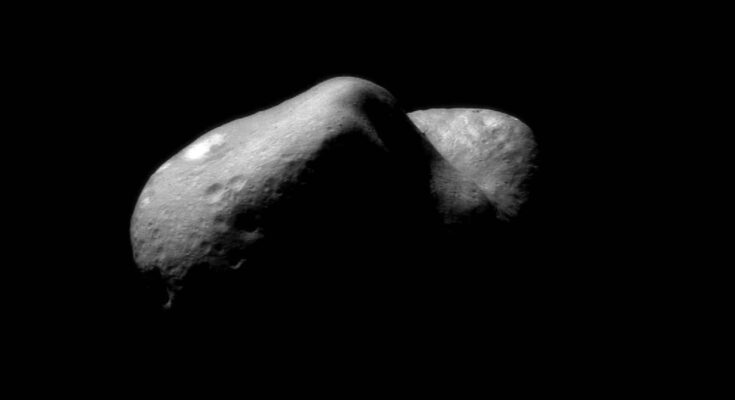In a rare occurrence, the Earth will be capturing an asteroid in its orbit, making the asteroid a mini-moon.
However, the new mini-moon will be temporary, as asteroid 2024 PT5 is estimated to only be in Earth’s orbit from September 29th to November 25th. According to the Research Notes of the American Astronomical Society (RNAAS), the mini-moon will be hard to spot, as it will be a diminutive 33 feet long.
On rare occasions, Earth captures an asteroid, which is called a mini-moon. They are usually challenging to identify because they are typically small in size, and there is the more common occasion it can be debris from another man-made vessel or satellite.
Raul de la Fuente Marcos, an astronomer from the University of Madrid who co-authored the study, told The New York Times, “Every time an object with an orbit so earthlike is discovered, there is a chance that we are just recovering space debris.” He added, “it is a natural object, no doubt.”
In the paper made by the RNAAS, the scientists say:
“Earth can regularly capture asteroids from the Near-Earth object (NEO) population and pull them into orbit, making them mini-moons. The recently discovered Apollo-class NEO 2024 PT5 follows a path that resembles 2022 NX1 and may soon become a mini-moon.”
However, 2024 PT5 may not qualify as a mini-moon, as it needs to orbit the Earth at least once to be considered a mini-moon. In its short stay in Earth’s orbit, the asteroid will not complete a full orbit of Earth.
“It certainly won’t complete one full revolution in the Earth-moon system this fall, so I’m not sure I would classify it as a mini-moon,” Lance Benner, a principal investigator of the asteroid radar research program at the Jet Propulsion Laboratory, said to The New York Times.
Where did this mini-moon come from?
There are different theories about where the asteroid came from. Some studies suggest it could have come from a nearby asteroid belt.
However, Paul Chodas, the director of the Center for Near Earth Object Studies at NASA’s Jet Propulsion Laboratory, suggests that 2024 PT5 could have originated from “a piece of ejecta from an impact on the moon.”
Regardless of where it came from, it is speculated that this mini-moon could contain precious metals and resources similar to many asteroids. Asteroids are known for containing precious metals and minerals.
Companies commonly desire to mine mini-moons. Suppose an asteroid lands on Earth or is in Earth’s orbit. In that case, the idea of extracting precious resources from it is constantly enticing to corporations that require metals and minerals for their projects.



